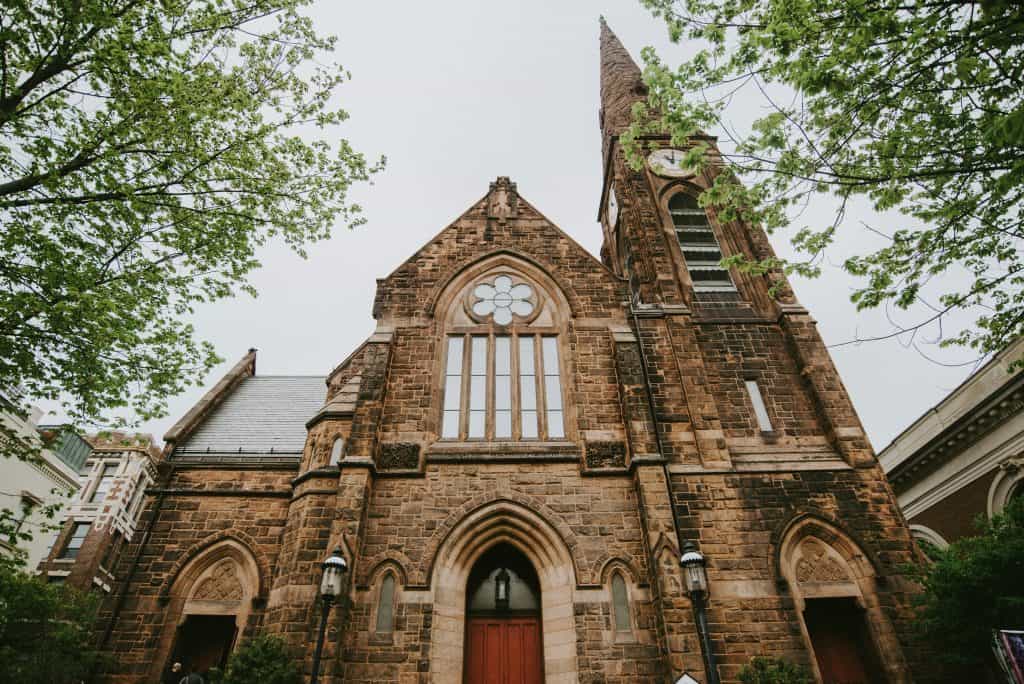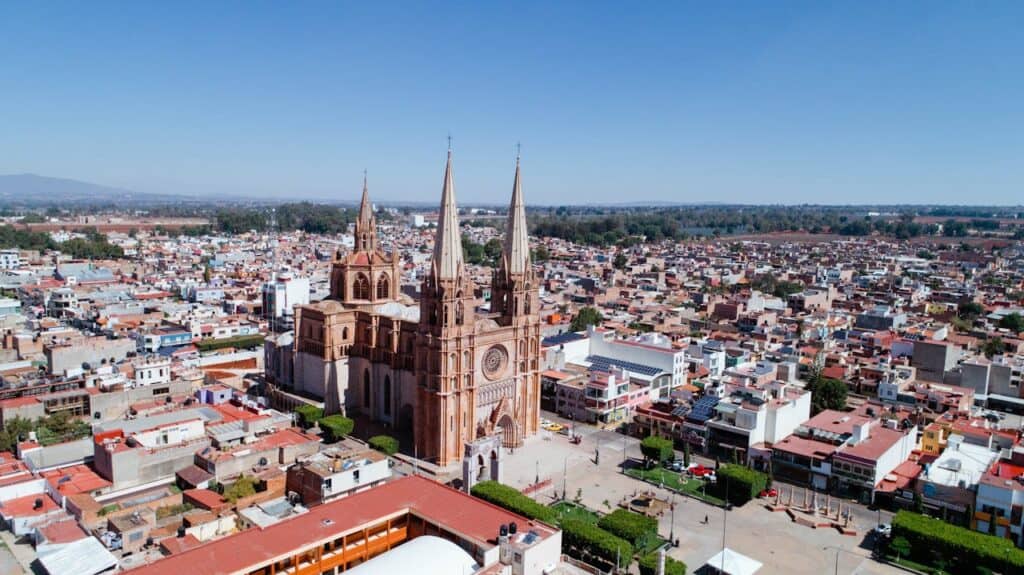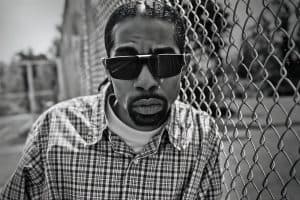Saint Nicholas of Flüe was born in Switzerland in 1417 and died on March 21, 1487. He was a hermit and ascetic who is the patron saint of Switzerland. He was many things. After receiving a vision of a lily being eaten by a horse. Saint Nicholas of Flue recognized this as indicating that the cares of his worldly life, the draft horse pulling a plough, were swallowing up his spiritual life, the lily, a symbol of purity. After this vision, he decided to devote himself entirely to the contemplative life. Do you think it is a good thing to know who the Patron Saint of Switzweland is?
Saint Nicholas of Flue Biography

In 1417, Saint Nicholas of Flüe was born. He was the eldest son of wealthy peasants. He had two brothers. The surname Flüe refers to a rock. In 1432, he went with his father to the local peasants’ council. He was admitted as a member of the council. When he was 21, he volunteered for the Swiss Army and, during the Old Zürich War. This was fought against the canton of Zürich by the rest of the Old Swiss Confederacy. He distinguished himself as a soldier and took part in the Battle of Ragaz in 1446.
Later, Saint Nicholas of Flüe took up arms again in the so-called Thurgau war against Archduke Sigismund of Austria in 1460. In the war, because of him, a house of the Dominican nuns escaped being destroyed by the Swiss confederates. He also continued to serve in the military until he was 37 years old. He rose to the rank of captain. He fought with a sword in one hand and a rosary in the other. After leaving military service, he became a councillor for his canton. Then, in 1459, for nine years, he served as a judge. He declined the opportunity to serve as the Governor of his canton.
In 1467, Saint Nicholas of Flüe left his wife and his ten children, and he resigned all his political duties and aimed to join a mystic brotherhood. He had three more visions and was discovered a few days after his arrival by some hunters. He became a hermit in the Ranft chine in Switzerland, establishing a chantry for a priest from his own funds so that he could assist at mass daily.
He fasted for twenty years, explaining to a priest that he received sustenance for receiving the host at Mass. He continued to receive mystical visions and had great wisdom. People from far and wide came to see him to get his wise counsel. His wisdom is credited with avoiding a war between the cantons meeting at the Diet of Stans in 1481.
Despite being illiterate and having limited experience with the world, Saint Nicholas of Flüe is honored among both Protestants and Catholics in Switzerland. Think of how rare this is: Switzerland was ground zero for the Protestant Reformation. The Archduke Sigismund sent him a gilded chalice in 1473 and 100 Guilders, the Swiss currency, in 1481. Letters of thanks to him from the cantons of Berne and Soleure still survive. He died surrounded by his wife and children on 21 March 21 1487.
Saint Nicholas of Flue Veneration

During Saint Nicholas of Flüe’s lifetime, pilgrims who had visited the abbey near his hermit site, the Einsiedeln abbey, often also went to the nearby Ranft. After he died in 1487, his funeral was attended by many people, and he was buried in the chapel in Sachseln. Austrian Archduke Sigismund organized a memorial service for him with a hundred priests in Vienna. His tomb would become a pilgrimage site, and by 1518, the epitaph with a depiction of him had to be refurbished.
Conclusion
Saint Nicholas of Flüe is the patron saint of Switzerland. He was venerated there from the time of his death, and many people still pray to him today. This goes to show that if you pay a price (he left his wife and ten children and became a hermit, fasting for more than twenty years), you get a reward. He lived a multifaceted life and accomplished several things, but he gave it all up to live alone in the woods and worship God.







